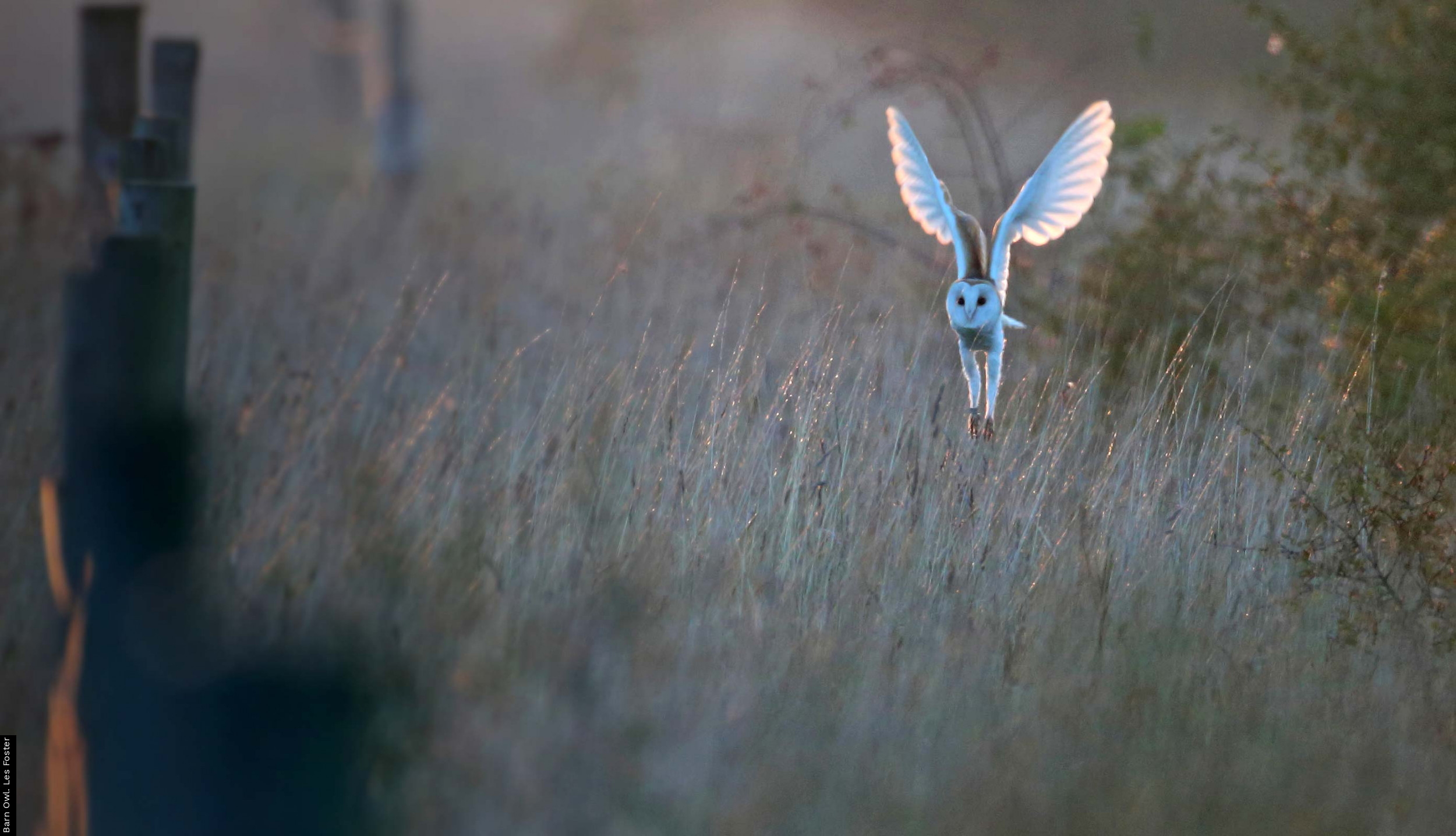Muscicapidae - Flycatchers
This family is united by its method of finding food. Flycatchers typically sit on a perch, usually an exposed twig and sally forth, capturing an insect in mid-air. Their bill is relatively broad and flat, and surrounded by bristles to maximise chances of snapping their prey. Birds of woodland or forest, they occur throughout the Old World (i.e. not in the Americas) and are most diverse in south-eastern Asia, where they probably evolved. Taxonomically closely allied to the thrushes some authorities join the two groups as either Turdidae or Muscicapidae.
While most species are thought to be monogamous, studies of the Pied Flycatcher have shown that it is actually polygamous, with some males defending more than one territory (separated by 100m or more) and attracting a female to each. They don't however, help the second female to raise her young, who is consequently much less successful at raising young. It is not known how prevalent this deception is, but it is likely that many species thought monogamous, do indulge in such relationships.
Only two species are at all common in Britain: the Pied Flycatcher which is found in damp woods in the West and the Spotted Flycatcher, which is more widespread, but rapidly declining.
Regularly Occurring Species
Spotted Flycatcher
Pied Flycatcher
Occasional Visitors
Red-breasted Flycatcher
Taiga Flycatcher
Asian Brown Flycatcher
Collared Flycatcher






Share this page